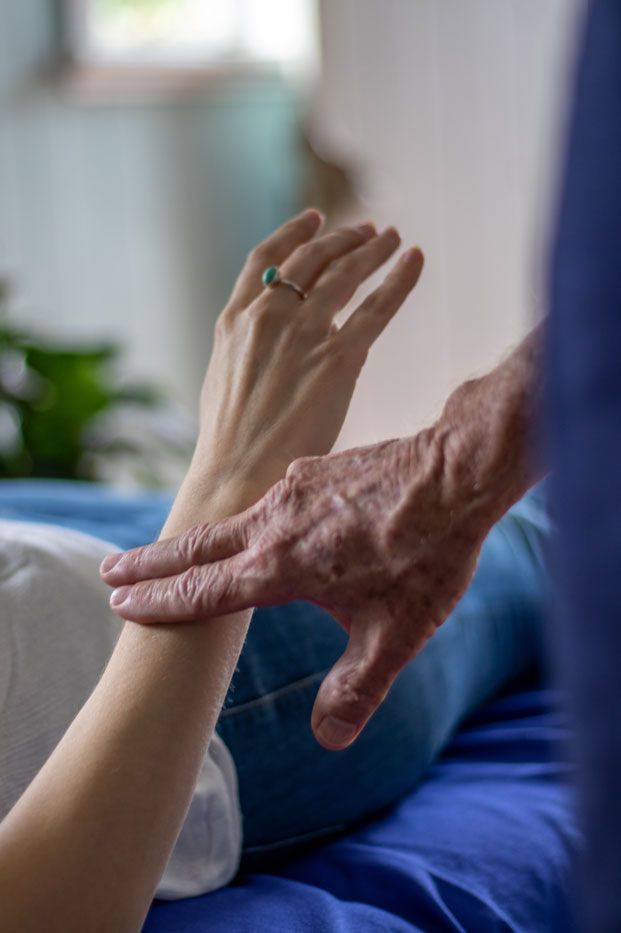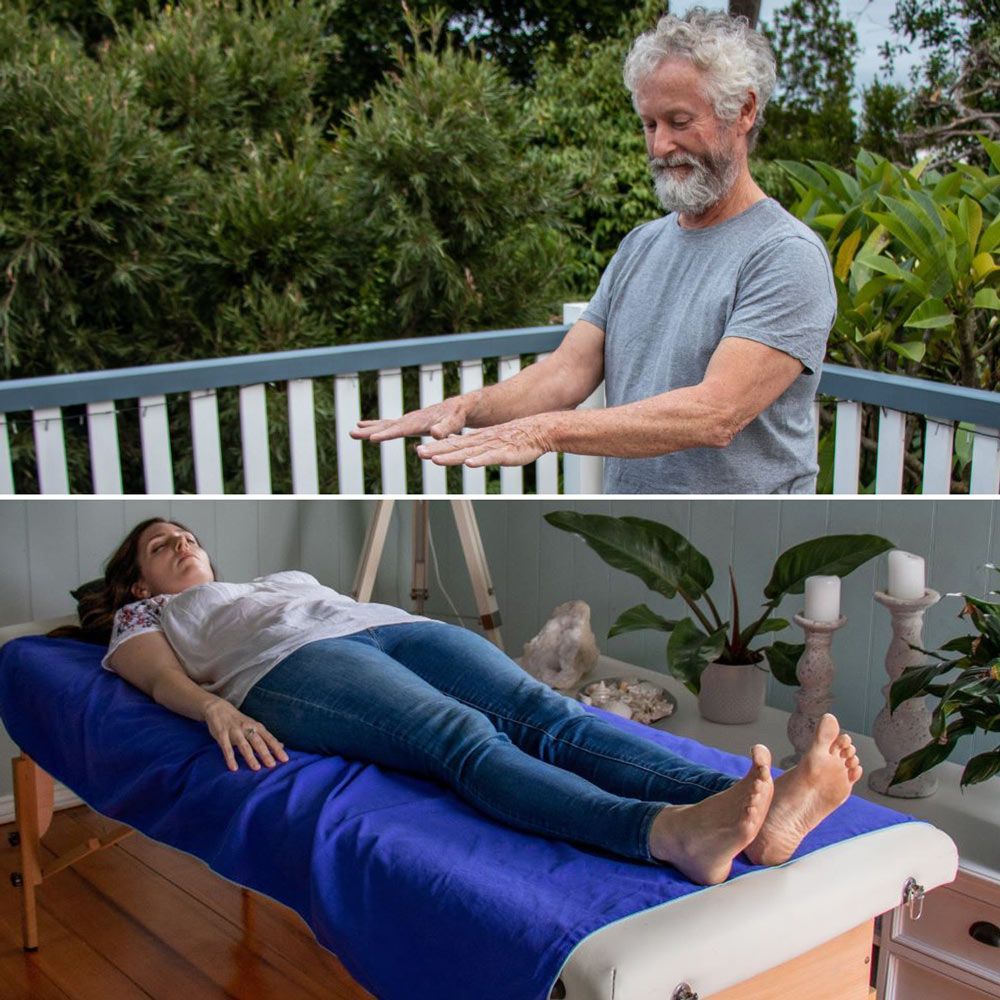Understanding Anxiety: How It Protects Us and When It Becomes Harmful
Understanding Anxiety: How It Protects Us and When It Becomes Harmful
Anxiety is often cast in a negative light, yet it plays an essential role in our survival. Imagine encountering a dangerous situation, like a car swerving toward you or coming face-to-face with a wild animal. In these moments, anxiety triggers our fight-or-flight response, prompting our bodies to produce adrenaline and cortisol. These chemicals give us the energy to react swiftly, and our bodily systems respond accordingly—our heart rate increases, digestion slows, and our senses sharpen. This heightened state is crucial for survival, enabling us to react in ways that protect us from immediate threats. Once we’re out of danger, we can return to a calm state, and the body's alertness fades.
However, anxiety becomes problematic when it lingers long after any real threat has disappeared. When we move through daily life feeling like something is wrong or that something bad is bound to happen, our body remains on high alert. This state of chronic anxiety can severely diminish our quality of life and can even be harmful in the long term, potentially leading to health problems like cardiovascular disease, weakened immunity, and mental health struggles. So, how can we transform anxiety from a constant hindrance into a tool that works in our favor?
Managing Anxiety: Techniques for Daily Life
Fortunately, many practices can help us manage anxiety and regain a sense of calm and control. Techniques like yoga, meditation, exercise, mindfulness, and prayer have been proven to reduce anxiety by grounding us in the present moment, encouraging deep breathing, and promoting relaxation. Each of these practices helps shift the body from a state of “fight-or-flight” to one of “rest-and-digest.” Here’s how they help:
- Yoga and Exercise: Physical movement releases endorphins, the body’s natural mood elevators, which counteract stress hormones and help us feel more at ease.
- Meditation and Mindfulness: These practices train the mind to stay present, letting us observe anxious thoughts without attaching to them or spiraling.
- Prayer and Spiritual Practices: For many, spiritual practices bring comfort and create a sense of connection to something larger, reducing feelings of fear and isolation.
While these practices can help us handle everyday stressors, deeper work is often required to resolve the underlying causes of chronic anxiety.
Unpacking Anxiety Through Energy Healing and Bodyflow Energetics
Anxiety isn’t always rooted in what’s happening here and now. For many people, chronic anxiety is tied to past experiences and traumas, some of which we might not even consciously remember. These traumas create energy blocks that remain in the body and mind, sometimes for years. They’re stored in our subconscious and can be triggered by situations that echo aspects of the original trauma, even if we aren’t fully aware of it.
In recent years, researchers have uncovered that trauma isn’t just personal—it can also be passed down through generations via a process called epigenetics. This field of study suggests that our genes can “remember” past traumas experienced by our ancestors, making us more likely to feel anxiety or stress in similar situations. This means that we might be carrying burdens that aren’t even ours but are imprints left by family members who endured hardships.
How Bodyflow Energetics Addresses Deep-Seated Anxiety
This is where energy healing practices like Bodyflow Energetics come into play. Bodyflow Energetics works by helping individuals recognize and release the trapped energy that causes anxiety. This practice is rooted in the understanding that trauma creates an incomplete “energy circuit” within the body, which then remains stored and unresolved. This blocked energy can manifest as chronic anxiety, physical tension, or emotional turmoil.
Bodyflow Energetics involves identifying the source of the trauma and the specific circumstances surrounding it. Once these elements are brought to light, we use energy-focused techniques to release the stored energy. This might involve methods like kinesiology, breathwork, visualization, and energy manipulation, all designed to complete the energy circuit and free the trapped energy. As a result, many people experience a newfound sense of lightness, clarity, and relaxation—often describing the sensation as feeling “lighter” or “more focused.”
The Role of Self-Acceptance in Healing Anxiety
Another key aspect of managing anxiety is cultivating self-acceptance. Often, we think of anxiety as something to eliminate, yet constantly trying to “get rid of” it can make it more persistent. Instead, accepting that anxiety is part of our experience allows us to view it with curiosity and compassion rather than judgment. Asking ourselves questions like, “Where does this feeling come from?” or “What might my anxiety be trying to show me?” can shift us from a place of resistance to understanding.
When we accept anxiety as a signal rather than a flaw, we can explore its roots with an open mind, seeing it as an invitation to heal rather than a defect to suppress. Bodyflow Energetics aligns well with this approach because it encourages us to recognize and understand our stored anxieties before helping us release them. Once the energy is freed, we’re left with a sense of clarity that empowers us to respond to life’s challenges without the weight of past trauma dragging us down.
Moving Forward with Less Anxiety
Overcoming chronic anxiety doesn’t mean we’ll never experience anxiety again. Instead, it means we’re better equipped to respond to it when it arises, recognizing it as a helpful alert system rather than an overwhelming force. Energy healing methods like Bodyflow Energetics, combined with mindfulness practices, provide a holistic approach to managing anxiety. These tools empower us to address our current feelings while also uncovering and releasing old wounds that fuel chronic anxiety.
If you’re interested in exploring this process of understanding, releasing, and ultimately transforming anxiety, I’m here to help. I offer Bodyflow Energetics sessions tailored to bring awareness and relief from stored emotional and energetic blocks. As you move through these sessions, you’ll discover greater freedom from chronic anxiety and a renewed sense of calm and focus. Contact Rob to learn more and start your journey to a less anxious, more empowered life.








